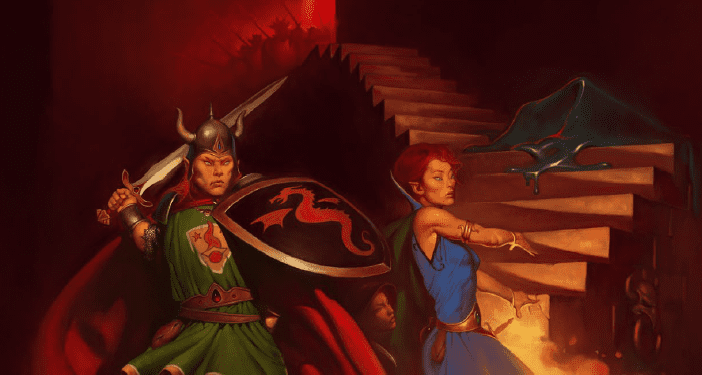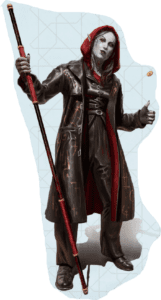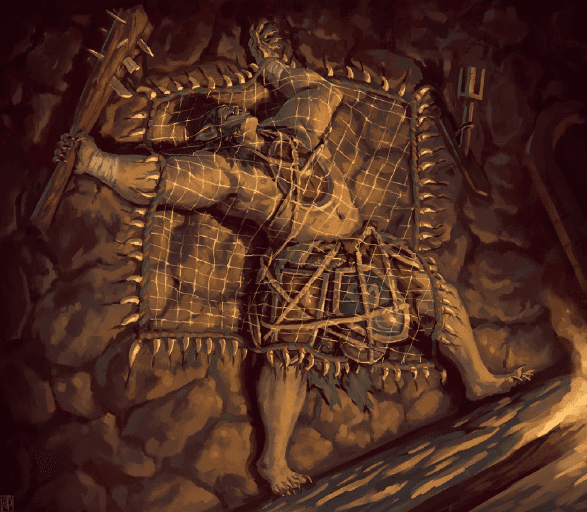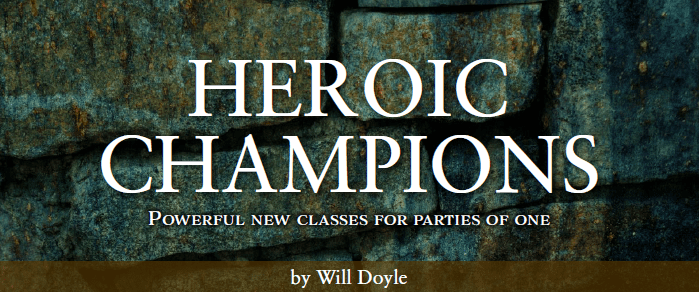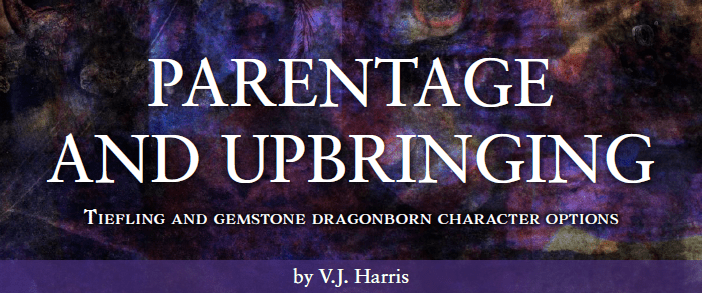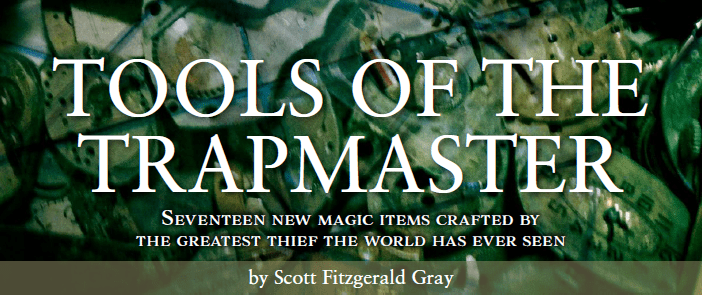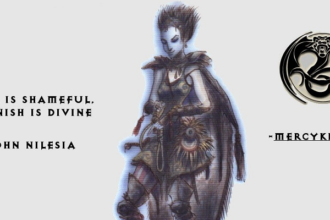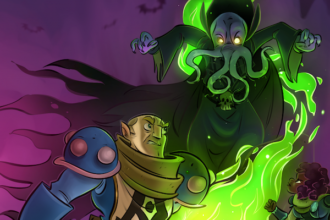When I started reading this article, it gave me the exact vibes of the DMs Guild product “An Elf and an Orc had a Little Baby”. I took a look back at who the writer was, and it obviously had to be the same writer: VJ Harris. Mind you, I have not read the DM’s Guild product, but heard great things about it. What this article has to offer is the possibility of creating your own “race” by using a point system. First you decide your ancestry by choosing your parents (and the article even allows the creation of a whole family tree). Depending on what you have as ancestors, you can pick some traits. There’s a wide variety for each possibility, each with a cost in points. Something fun is that you can add in negative traits (that from what I see in this article it’s only vulnerability to different types of damage) to gain back some points. This means that you can get a trait from the ancestry of your grandpa, one from your father, two from your mother, and a negative trait from your grandma so you can choose a second one from your father. Sounds cool, right?
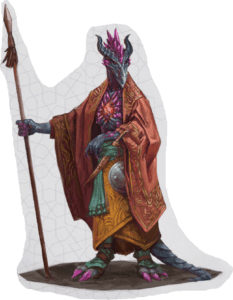
Parentage and Upbringing offers only gemstone dragonborns, and tieflings as character options to get traits from. I assume that if this article is popular enough, VJ Harris will create a sequel to this with some additional ancestries. Nevertheless, as indicated at the start, this article was made to be compatible with both volumes of An Elf and an Orc had a Little Baby, as well as with their game system “Those who Wander”, so these kind of articles may only offer stuff for MCDM ancestries.
The dragonborn allow the possibility of using psionics, like the soon to be released new MCDM class. That’s why some instructions on how to use psionic characters, as well as some abilities is provided at the end of the article, in case you decide to choose one of the psionic traits. There’s 6 different kinds of gemstone dragons to choose traits from, so you have a great range of stuff to get to try out. Then, there’s the tieflings, with one type of tiefling for each of the circles of hell, (and the Abyss?). It confuses me a little that there seems to be no distinction between tieflings whose lineage comes from Hell, and those whose lineage is linked to the Abyss. Each has different traits, with some repeated of course, like using your tail as a weapon, or having telepathy. My favorite of the bunch is one that allows the character to use their wings to protect an ally from attacks as an action. I don’t know, it just looks very cinematic in my head.
Lastly, there’s an explanation on how to make the whole system work. It looks pretty clear, but the only complaint I might add is that there seems to not be a clear number of points each player has when creating their character. The provided examples use up to 16 points, but I think (I might have missed it, mind you) it is intended for the DM to choose the number of points the players can use.
